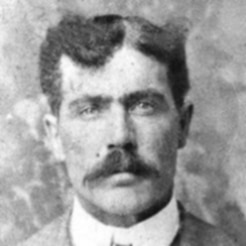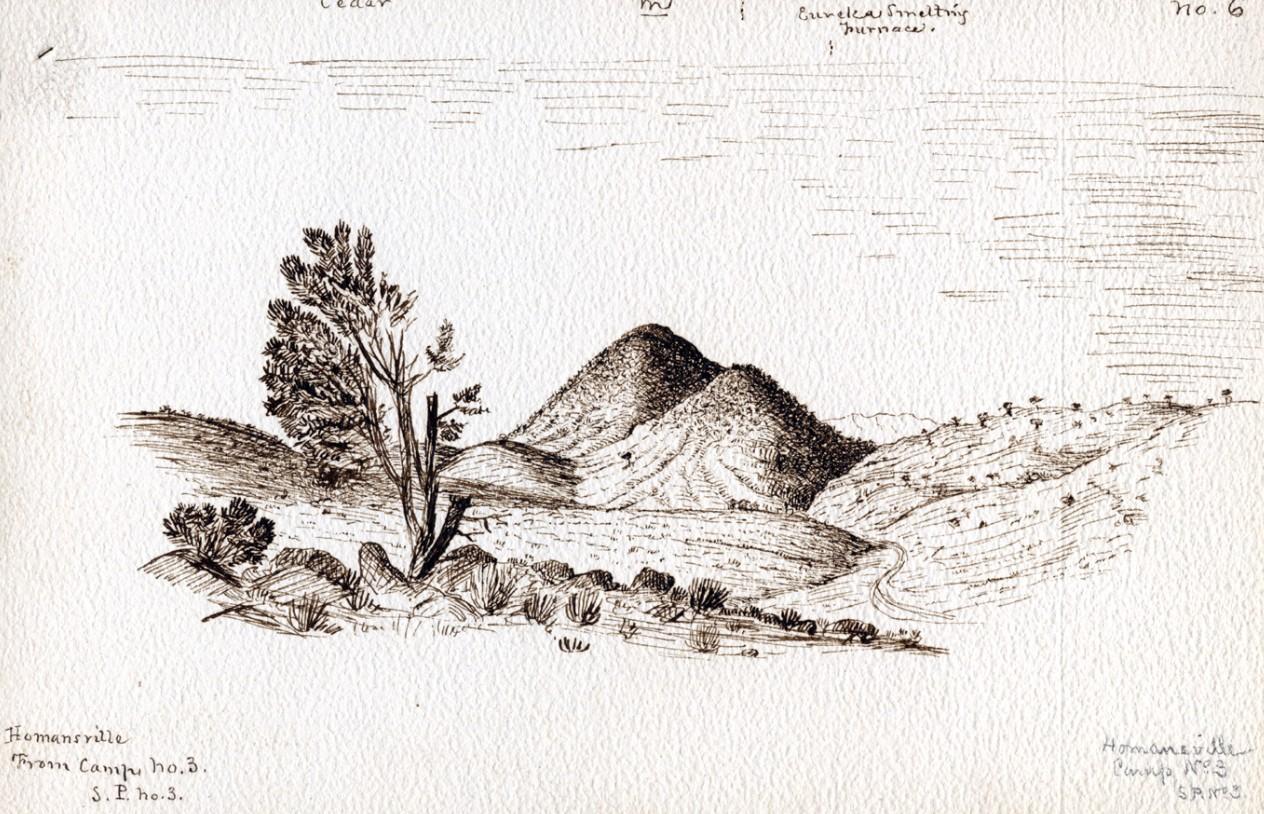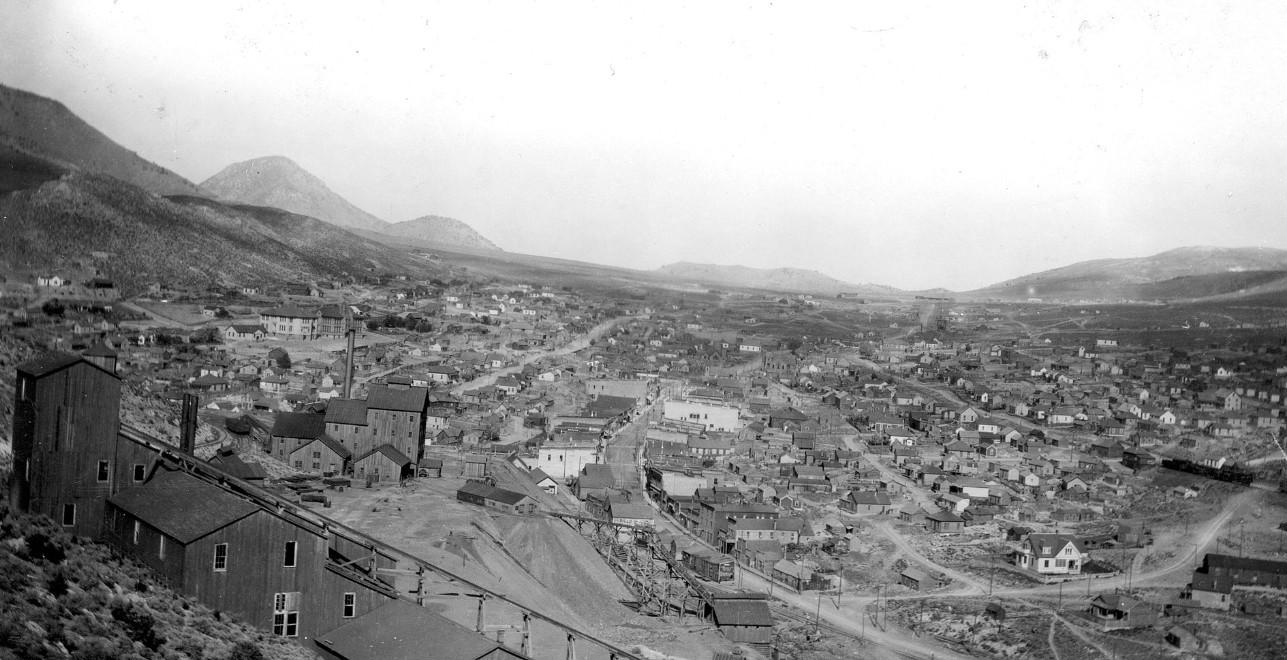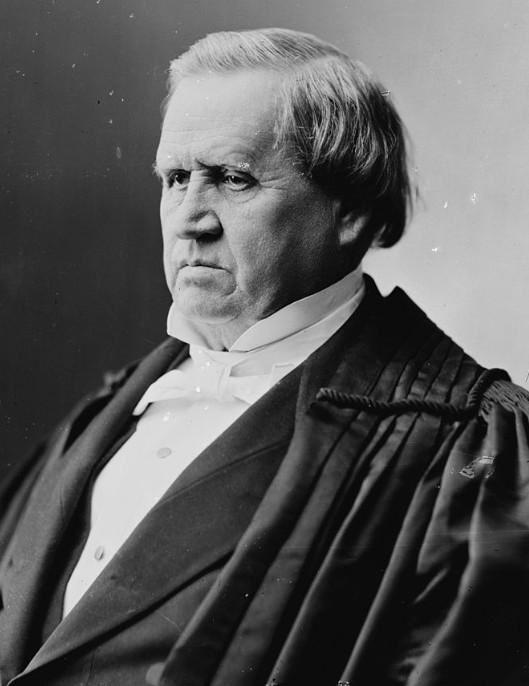
d: 1879
Wallace Wilkerson
Summary
Name:
Years Active:
1877Status:
ExecutedClass:
MurdererVictims:
1Method:
ShootingDeath:
May 16, 1879Nationality:
USA
d: 1879
Wallace Wilkerson
Summary: Murderer
Name:
Wallace WilkersonStatus:
ExecutedVictims:
1Method:
ShootingNationality:
USADeath:
May 16, 1879Years Active:
1877Date Convicted:
November 24, 1877bio
Wallace Wilkerson was born in Quincy, Illinois, into a Mormon family. When he was eight years old, his family relocated to the Utah Territory. By the age of seventeen, he was working as a stockman and horse breaker. Throughout his life, Wilkerson enlisted in the military multiple times, including serving as a drummer in San Francisco, California.

By 1877, Wilkerson was living in Payson, Utah Territory, and working with his brothers in Homansville. He frequently visited a nearby saloon in Eureka, where he developed a reputation for getting into conflicts. The bartender, William Baxter, once referred to Wilkerson as a "California Mormon," a term considered derogatory at the time. On one occasion, Baxter even used a six-shooter to break up a fight between Wilkerson and another patron.
murder story
On June 11, 1877, Wallace Wilkerson stopped at a saloon owned by James Hightower in the Tintic Mining District while traveling to Homansville. There, he encountered William Baxter, and the two began playing a game of cribbage for money. A heated argument erupted between them over accusations of cheating. Although Baxter attempted to de-escalate the situation and withdraw from the confrontation, Wilkerson shot him in the forehead and temple before fleeing the scene.

The following morning, authorities examined Baxter’s body and determined that he had been unarmed at the time of the shooting. Fearing possible lynching, officials quickly captured Wilkerson and placed him under guard in Goshen.
Wilkerson was indicted for premeditated murder by a grand jury. On September 29, 1877, he pleaded not guilty and was placed in the Utah County jail. His trial began on November 22 at the First District Court of Utah Territory, and within two days, the jury found him guilty.
On November 28, Judge P. H. Emerson sentenced Wilkerson to death, setting his execution date for December 14, 1877. Given the choice between hanging, decapitation, or execution by firing squad—methods legal in the territory at the time—Wilkerson chose to face the firing squad.
Wilkerson’s execution was temporarily delayed when his attorneys filed an appeal. The Supreme Court of Utah Territory denied the appeal in January 1878. His legal team then brought the case before the U.S. Supreme Court, arguing that execution by firing squad constituted cruel and unusual punishment under the Eighth Amendment.
On March 17, 1879, Justice Nathan Clifford delivered the ruling in Wilkerson v. Utah, upholding the verdict. The court determined that execution by firing squad was not considered cruel and unusual punishment under the U.S. Constitution.

On May 15, 1879, Wilkerson was transferred from Salt Lake City to a jail in Provo, Utah, where he would face his sentence. He spent his final hours with his wife until just before his execution. Declining visits from clergy, he was escorted to the execution site by Sheriff John Turner, a deputy, and U.S. Marshal Shaughnessy.
Dressed in black with a white felt hat and a cigar in his mouth, Wilkerson remained composed. Before his execution, he gave a farewell speech, thanking law enforcement officers and shaking hands with some of the 25 witnesses in the jail yard. Around 200 spectators gathered outside to witness the event. Wilkerson claimed he held no grudges, except against a witness whom he accused of perjury during his trial. Some present at the execution believed he was intoxicated.
Wilkerson was seated in a chair at a corner of the jail yard, approximately 30 feet from the executioners. Declining to be blindfolded or restrained, he declared, “I give you my word... I intend to die like a man, looking my executioners right in the eye.” A small white paper target was pinned to his chest over his heart. Just before the shots were fired, he shouted, “Aim for my heart, Marshal!”
At noon on May 16, 1879, the signal was given, and the executioners, hidden inside a shed, fired. However, at the last moment, Wilkerson stiffened in his chair, inadvertently shifting the target. The bullets missed his heart, striking his arm and torso instead. Wilkerson immediately leapt from the chair and screamed, “Oh, my God! My God! They’ve missed it!”
As he lay on the ground gasping for breath, four doctors rushed to his side. Officials briefly considered delivering another round of shots to end his suffering. Wilkerson ultimately bled to death over the next 15 to 27 minutes.
Following his execution, Wilkerson’s body was taken to the county courthouse, washed, dressed, and placed in a black-covered coffin. It was then returned to his wife, who transported it to Payson for burial.
The Deseret News, run at the time by Brigham Young Jr., justified Wilkerson’s execution, stating that “divine law has been executed and human law honored.” In contrast, the Ogden Junction criticized the botched execution, remarking, “...the French guillotine never fails.”
Wilkerson’s case remained historically significant in discussions of capital punishment. In the 2008 U.S. Supreme Court case Baze v. Rees, Justice Clarence Thomas cited Wilkerson v. Utah while affirming that Kentucky’s method of execution by lethal injection did not constitute cruel and unusual punishment.